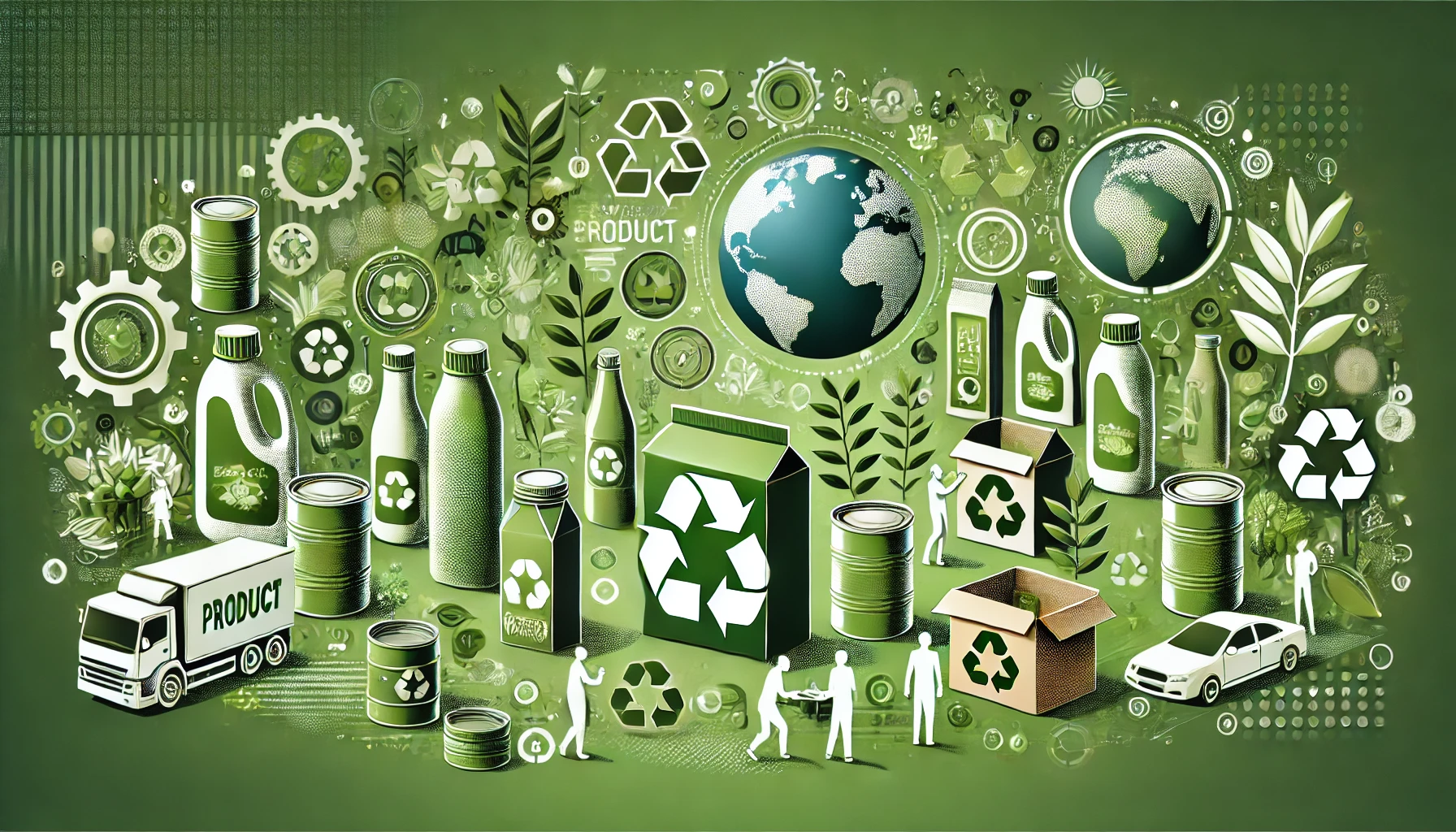
Sustainability and Product Sampling: Doing It Right!
In an era where environmental consciousness is at an all-time high, businesses face the dual challenge of meeting consumer expectations and minimizing their ecological footprint. Product sampling, a highly effective marketing strategy, is no exception. Here’s how brands can align their sampling campaigns with sustainability goals to make a positive impact on both the planet and their audience.
Why Sustainability Matters in Product Sampling
- Consumer Expectations Today’s consumers value brands that demonstrate a commitment to sustainability. By integrating eco-friendly practices into sampling campaigns, companies can foster trust and loyalty.
- Environmental Impact Traditional sampling methods often involve excessive packaging and waste. Adopting sustainable practices helps reduce the environmental toll of such campaigns.
- Regulatory Compliance Many regions are implementing stricter regulations on packaging waste and carbon emissions. Sustainable sampling aligns with these mandates and positions brands as responsible market leaders.
Strategies for Sustainable Product Sampling
- Eco-Friendly Packaging Use biodegradable, compostable, or recyclable materials for sample packaging. Minimalist designs and reusable containers further reduce waste.
- Digital Sampling Options Offer digital samples, such as free trials of software, e-books, or digital coupons for physical products. This eliminates the need for physical packaging entirely.
- Targeted Distribution Leverage AI to ensure samples reach the right audience. Precision targeting reduces waste by avoiding the distribution of unwanted or irrelevant samples.
- Partner with Sustainable Suppliers Collaborate with suppliers who prioritize sustainable practices, from sourcing materials to manufacturing processes.
- Encourage Recycling Include clear instructions on how to recycle or reuse packaging. Incentivize consumers to participate through rewards or discounts.
- Offset Carbon Footprints Invest in carbon offset programs to neutralize the emissions associated with production and distribution.
Benefits of Sustainable Sampling
- Enhanced Brand Reputation: Demonstrating environmental responsibility resonates with eco-conscious consumers.
- Cost Efficiency: Sustainable practices often lead to long-term cost savings through reduced waste and streamlined processes.
- Improved Consumer Engagement: Consumers are more likely to support and recommend brands that align with their values.
- Compliance and Risk Reduction: Meeting regulatory requirements minimizes legal risks and strengthens market positioning.
Case Study: Sustainability in Action
Brands like Lush and The Body Shop have set benchmarks for sustainable sampling. By using recyclable packaging and offering targeted sample distributions, these companies have successfully combined effective marketing with environmental stewardship.
Conclusion
Sustainability and product sampling can go hand in hand with the right approach. By embracing eco-friendly practices, brands can not only reduce their environmental impact but also strengthen their connection with consumers. In today’s market, doing it right isn’t just an option—it’s a necessity for lasting success.